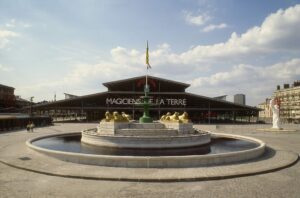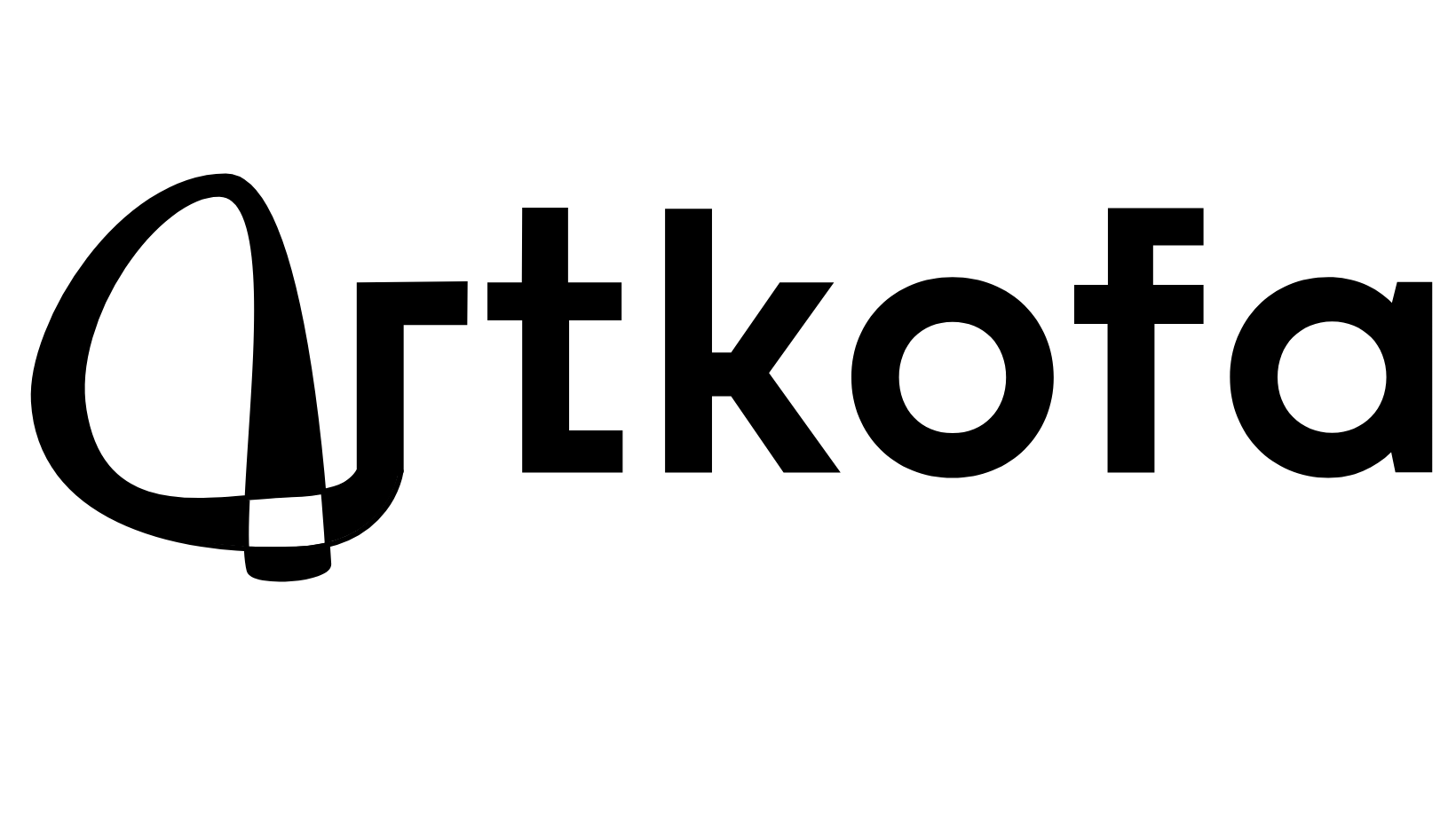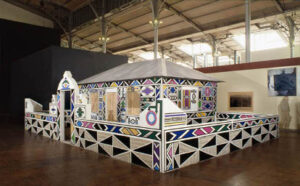No products in the cart.

“Magiciens de la Terre” Exhibition: Shaping Contemporary Art Discourse
In 1989, the groundbreaking exhibition “Magiciens de la Terre” curated by Jean-Hubert Martin shook the foundations of the art world, challenging conventional notions of contemporary art and its representation. Held at the Centre Pompidou and the Grande Halle of the Parc de la Villette in Paris, this exhibition was a seminal moment in the global discourse on art, culture, and representation.
Background and Concept :
“Magiciens de la Terre” aimed to break away from the Western-centric art narrative that dominated the global art scene at the time. Curator Jean-Hubert Martin sought to challenge the Eurocentric perspective by showcasing artists from diverse cultural backgrounds and regions, including Africa, Asia, the Middle East, and Latin America. The title itself, translated as “Magicians of the Earth,” encapsulates the mystique and universality of the artistic expression Martin aimed to capture.
Scope and Selection:
The exhibition featured the work of 111 artists from the 5 continents, half of whom hailed from non-Western countries, thus reflecting a truly global perspective. Among the notable artists featured were Chéri Samba, Nam June Paik, Yves Klein, Joseph Beuys, Shirin Neshat, Sigmar Polke, Anselm Kiefer, and many others. The selection encompassed a wide range of mediums, including painting, sculpture, installation, performance, and new media, reflecting the diverse artistic practices emerging from different cultural contexts.

Magiciens de la Terre at Grande Halle de la Villette, Paris 1989 © Centre Pompidou, Bibliothèque Kandinsky
Themes and Impact:
“Magiciens de la Terre” was not merely an exhibition; it was a statement about the evolving nature of contemporary art and its relationship to culture, identity, and globalization. By showcasing artists from various cultural backgrounds, the exhibition challenged the homogenizing tendencies of the art world and advocated for a more inclusive, pluralistic approach to artistic representation.
Criticism and Controversy:
While “Magiciens de la Terre” was celebrated for its groundbreaking approach, it also faced criticism from some quarters. Critics questioned the curator’s selection criteria, arguing that the exhibition perpetuated stereotypes and exoticized non-Western art. Others criticized the exhibition for its failure to adequately address issues of colonialism, power dynamics, and cultural appropriation inherent in the global art market.
Legacy and Influence:
Despite the controversies, “Magiciens de la Terre” left an indelible mark on the art world, sparking discussions about cultural diversity, representation, and the politics of display. It paved the way for future exhibitions that sought to challenge the dominance of Western art discourse and highlight the contributions of artists from marginalized communities. Moreover, it inspired a generation of curators, artists, and scholars to interrogate the boundaries of contemporary art and explore the rich tapestry of global cultural production.
Sources:
1. Martin, Jean-Hubert. *Magiciens de la Terre*. Éditions du Centre Pompidou, 1989.
2. Obrist, Hans Ulrich. “Magiciens de la Terre: Thirty Years On.” *Artforum*, May 2019.
3. Rushdie, Salman. “Outside the Whale.” *The New Yorker*, July 1989.
4. Bhabha, Homi K. “The Other Question: The Stereotype and Colonial Discourse.” *Screen*, vol. 24, no. 6, November–December 1983, pp. 18–36.
5. Fusco, Coco, and Brian Wallis, editors. *Only Skin Deep: Changing Visions of the American Self*. Harry N. Abrams, 2003.
By delving into the historical context, themes, controversies, and lasting impact of “Magiciens de la Terre,” this analysis offers a comprehensive understanding of how this exhibition reshaped the discourse surrounding contemporary art on a global scale. The inclusion of placeholder images provides a visual glimpse into the exhibition’s space and the artworks featured, enhancing the reader’s engagement with the topic.


